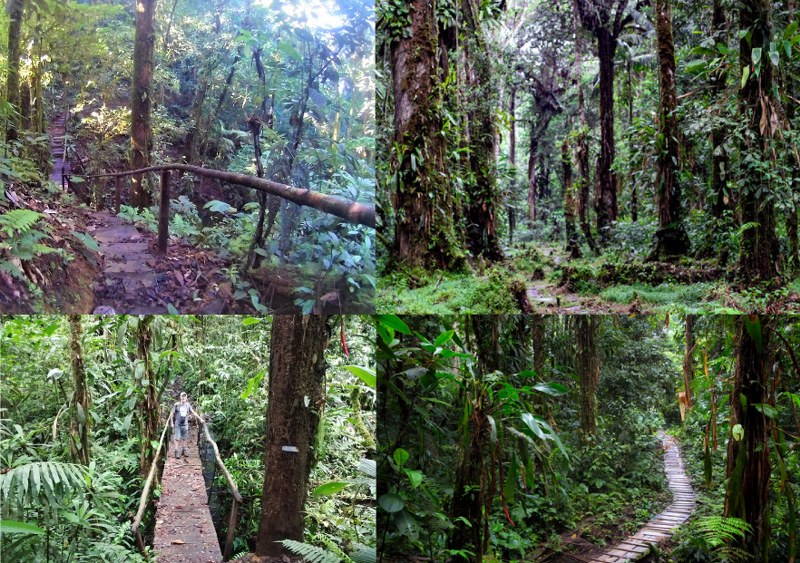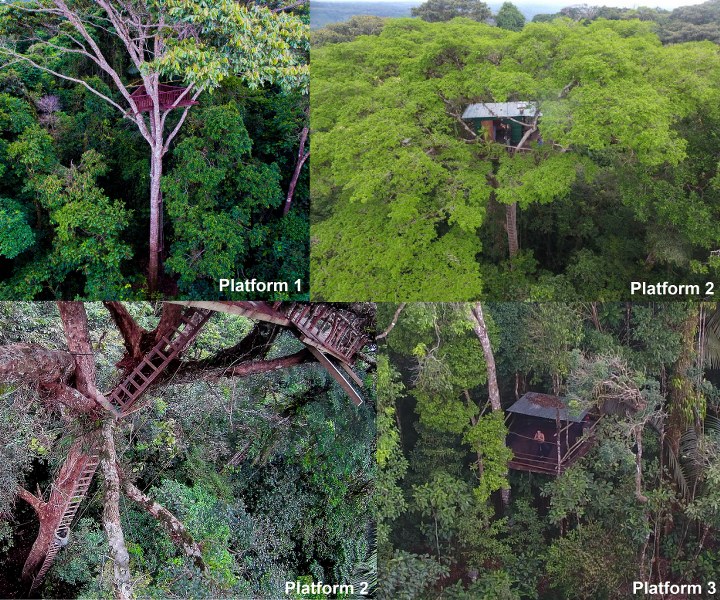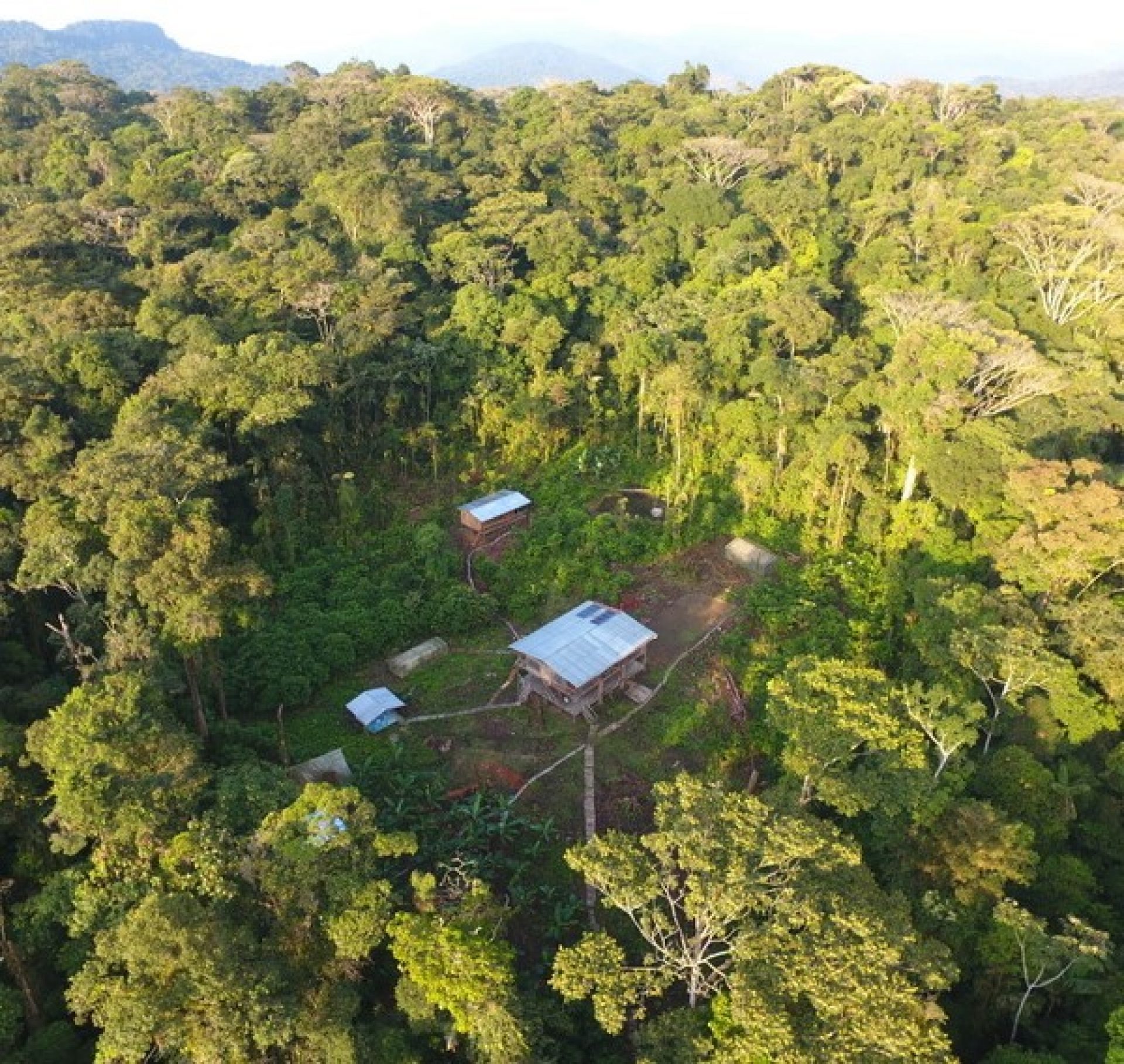
Walking and exploring
There are about 25 kms of walking trails in and around the reserve. Some are loop trails within the reserve, and other trails go further away.
Apart from the trails there are many tracks. Some take you up to 1600 m asl and involve a few days of walking and exploring! An unforgettable experience!
Professional local guides are available. They take you even off the tracks and inform you about the forest and its history.
Birding
Located in the foothills of the Andes, the reserve has as well species from the lowlands as from the Andes. Up to now we recorded more than 450 species and the number is still growing. Among them are many range-restricted species.

One of the most intriguing birds of the reserve is the Nocturnal Curassow (Nothocrax urumutum). This species is difficult to see in other places due to hunting pressure. In our reserve they are frequently encountered close to the lodge. You can hear the bird during most nights. Salvin’s Curassow (Mitu salvini) are getting very tame and can be seen close to the lodge.
Also the rare Buff-tailed Sicklebill (Eutoxeres condamini) and Black-bellied Thorntail (Discosura langsdorfii) can be easily found in the garden.
Some other sought-after species in the reserve are Black Tinamou (Tinamus osgoodi), Red-winged Wood-rail (Aramides calopterus), Chestnut-headed Crake (Anurolimnas castaneiceps), Grey-winged Trumpeter ( Psophia crepitans), Black-faced Hawk (Leucopternis melanops), Foothill Screech-owl (Megascops roraimae), Pavonine Quetzal (Pharomachrus pavoninus), Fulvous Antshrike (Frederickena fulva), Hairy-crested Antbird (Rhegmatorhina melanosticta), Foothill Schiffornis (Schiffornis aenea), Buff-throated Tody-Tyrant (Hemitriccus rufigularis), Spectacled Bristle-tyrant (Phylloscartes orbitalis), Foothill Elaenia (Myiopagis olallai), Grey-tailed Piha (Snowornis subalaris), Green Manakin (Cryptopipo holochlora), Fiery-throated Fruiteater (Pipreola chlorolepidota), Musician Wren (Cyphorhinus arada).
You can download the complete Bird List of the reserve and around.
Or look at the Bird list on Ebird to see what other visitors have found.
If you like the bird sounds, you can download them from the website of Xenocanto.

Other animals
Here we provide lists of the following animals:
It is also possible to visit our Inaturalist pages with all the animals recorded in the reserve.
You can click on “observations” and then search for any family, group or genus to get a list of these animals.
Canopy platforms and treehouse
The reserve has 2 platforms.
Platform 2 – 23 m above ground – has complete views over the surrounding canopy and has a tree house. Staying overnight is possible.
Platform 3, at only 6 metres above ground, and on the highest point of the reserve, not only has views over the sub-canopy, but one can check easily the activity on the ground. Camera traps have revealed visits of jaguar, margay, trumpeters, deer, opossums and nocturnal curassows. Staying overnight is possible.
Night excursions
On the night walk our local guide will take you out in the forest often well away from the marked trails. You will encounter typical nocturnal animals such as Kinkajous (Potus flavus), Olingos (Bassaricyon alleni), Pacas (Cuniculus paca), Night monkeys (Aotus), Band-bellied Owls (Pulsatrix melanota), etc..
